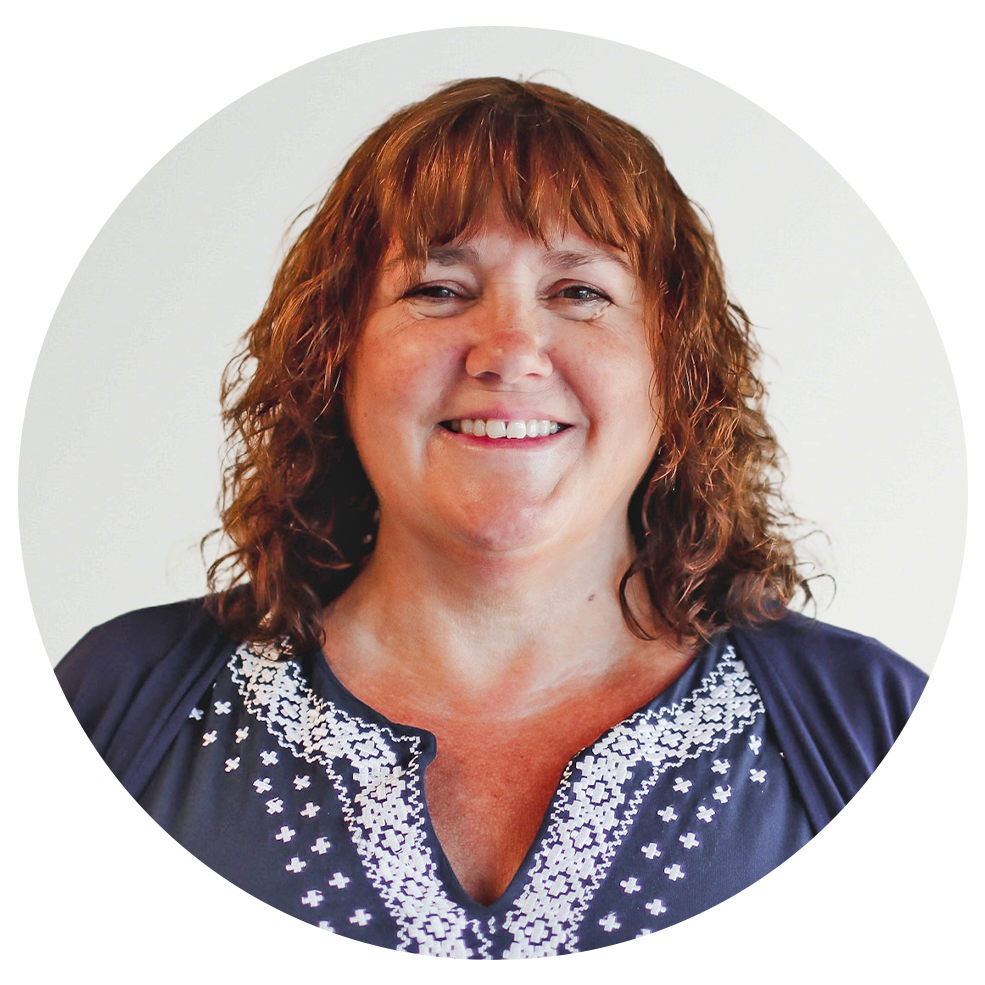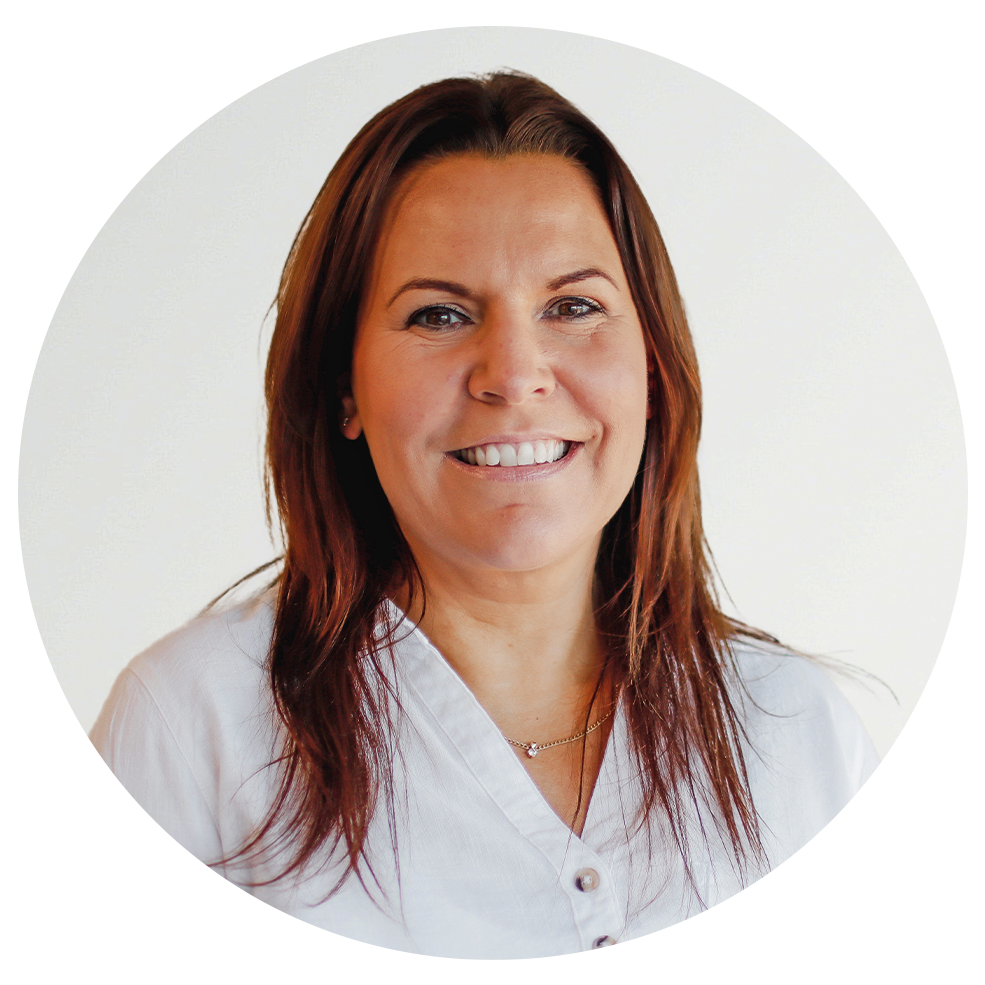Stop the pressure - introducing the PURPOSE T Risk Assessment Tool
PURPOSE T offers an evidence based PU risk assessment tool that has been designed following NIHR funded research. This webinar examines the development and utilisation of PURPOSE T for risk assessment and discusses how to identify factors contributing to risk and implement prevention strategies effectively.
Learning Outcomes
- To understand how PURPOSE T was developed
- To understand how to use PURPOSE T to risk assess
- To understand how to identify factors that are contributing towards the risk in order to implement prevention strategies
Meet our Experts

Heidi has been a Tissue Viability Nurse since 2002. Her interest and passion in the prevention and management of pressure ulcers began, however, in 1987 on registering as a nurse. She has worked in both acute and community care. She is currently the part-time Tissue Viability Services Lead for Hertfordshire Community NHS Trust.

Sarah has always had a keen interest in Tissue Viability since becoming a registered nurse in 2002. Her experience varies from within a community setting, where she completed her Tissue Viability based degree in 2007. She then worked within the private sector to gain additional advanced wound care skills whilst working with a medical devices company specialised in wound healing. In 2010, Sarah became a Tissue Viability Nurse and shaped a specialised service within the acute sector for 7 years before returning to the community setting as a TVN.
People who watched this also watched...
Care home interior design taking away the mystique
This webinar gives an introduction to interior design in care homes. Learn how good design can enhance the well-being of residents with sensory and cognitive loss. Explore the impact of color on well-being. Gain insights on making informed decisions during refurbishments.
Moisture lesions vs pressure ulcers, How can you tell the difference?
Classifying wounds can be a difficult concept. This webinar is designed to help guide healthcare professional to determine the difference between moisture lesions and pressure ulcers. This session will also include the categorisation of pressure ulcers
FloorBed: Reducing the risk of falls and promoting independence
This webinar delves into the benefits of the ultra-low function of the FloorBed, drawing insights from case studies. We examine the challenges encountered by users, including transfers and bed falls, and explore how the FloorBed not only provides an effective solution to these challenges but also offers financial benefits.


